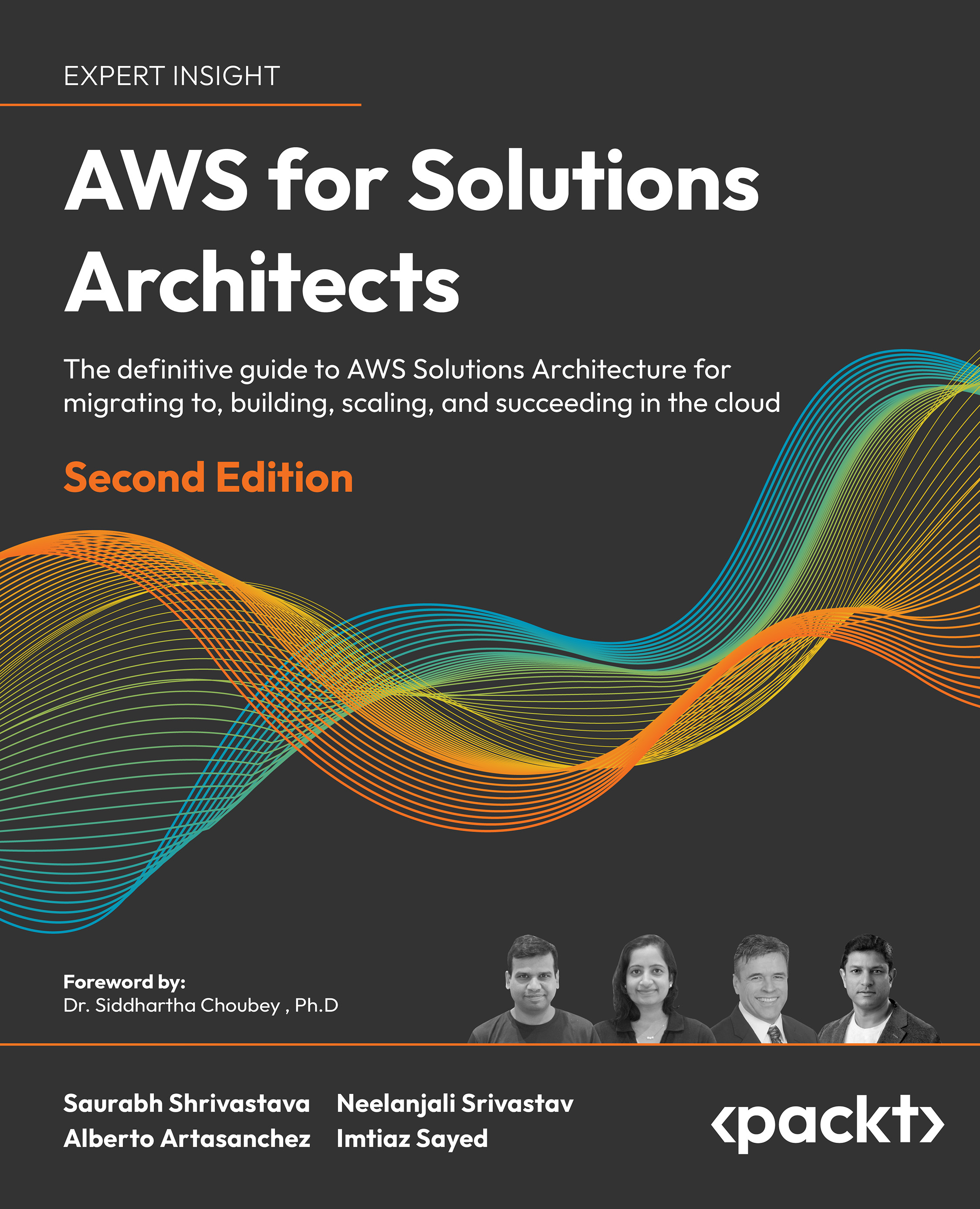Understanding the AWS Well-Architected Framework and Getting Certified
In the previous chapter, you got a glimpse of AWS’s innovation pace and broad service offerings. As a solutions architect, you might wonder how these services come together to address various parameters of your IT workload needs. You may also wonder how you can ensure your architecture is following best practices while achieving your business needs. For that purpose, AWS provides architecture guidance in a cloud-native way using its Well-Architected Framework.
In this chapter, you will learn details about the Well-Architected Framework and how to apply best practices for every component of your cloud application. You will go through the six pillars of the Well-Architected Framework and the AWS Well-Architected Lenses for specific workloads such as serverless, analytics, IoT, etc. You will learn about using the AWS Well-Architected tool to validate your architecture against AWS-recommended best practices by conducting a Well-Architected Review (WAR).
Further, you will then learn how we can take a slice of the cloud pie and build your credibility by becoming certified. Finally, toward the end of the chapter, we will look at some tips and tricks you can use to simplify your journey to obtain AWS certifications. We will also look at some frequently asked questions about the AWS certifications.
In this chapter, we will cover the following topics:
- The AWS Well-Architected Framework
- The six pillars of the Well-Architected Framework
- AWS Well-Architected Lenses
- Building credibility and getting certified
- Learning tips and tricks for obtaining AWS certifications
- Some frequently asked questions about AWS certifications
Let’s get started by looking at a holistic architecture approach in AWS.


































































